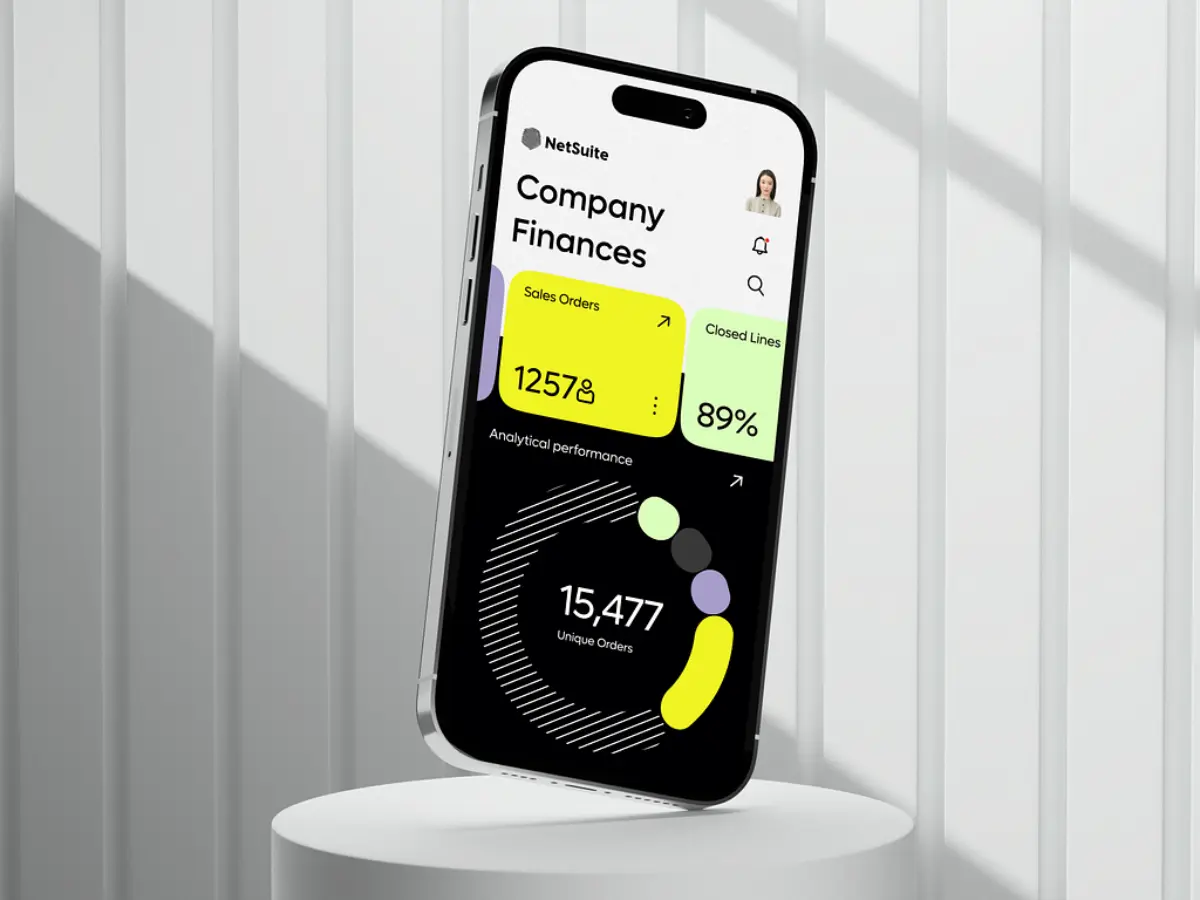What is Golang Used For? The Key to Efficient Software Development


Launched officially in 2012, Go is a relatively new programming language. But what is Golang best used for? Google, the powerhouse behind Go’s creation, envisioned that Golang applications would enhance the capabilities of developers and the systems they manage.
This objective is consistently achieved, as developers frequently use the language for their project needs. Let’s take a closer look into what is Golang used for and why we should use it.
Go, also known as Golang, is a compiled, statically typed programming language developed at Google by Robert Griesemer, Rob Pike, and Ken Thompson. Introduced in 2009, Go strives to offer developers a method to produce efficient, easy-to-read, and secure software. It blends the advantages of compiled languages, such as performance and security, with the ease and rapid development time of interpreted languages. Go is especially well-regarded for its ability to facilitate the creation of straightforward, dependable, and efficient software, which has made it a favored option for developing cloud services, web servers, data processing tasks, and beyond.
Key Features
Check out more insights about Golang:
Golang is increasingly popular for web and mobile development projects. Its standard library includes robust support for HTTP servers and clients, making it straightforward to build fast and scalable web applications, underlining the “use of Golang” in creating efficient online platforms. Go’s concurrency model, based on goroutines, allows developers to handle multiple tasks simultaneously, a feature particularly beneficial for real-time applications and services, answering “Golang when to use” for optimal concurrency management. This concurrency, combined with Go’s performance, makes it an excellent choice for backend systems that require high throughput and low latency.

Web Development
For mobile development, Go can be used with frameworks like Gomobile or GoMobile to create native applications on Android and iOS. These tools allow developers to write their application logic in Go and compile it to run on mobile devices. This approach enables sharing a common codebase for business logic across different platforms while still allowing for native UI components and functionalities.
Have a Project Idea in Mind?
If you want to elevate your projects with reliable, professional support, contact TECHVIFY today and discover how we can help you achieve your goals precisely and excellently
One of the best uses of Golang in industry. Golang’s design philosophy aligns well with the requirements of cloud services and DevOps practices. Its efficient execution and lightweight nature make it ideal for microservices architectures, where applications are broken down into smaller, independently deployable services. Go’s static binary compilation simplifies deployment and distribution, as the compiled applications include all necessary dependencies.
The Golang’s tooling and simplicity also support rapid development and deployment cycles, which are key components of DevOps practices. The Go ecosystem includes version control, package management, and testing tools, facilitating continuous integration and deployment (CI/CD) workflows.

Cloud Service & DevOps
Go’s concurrency features and efficient resource management make it a superior option for developing distributed systems and networking applications. Its goroutines and channels provide a powerful yet simple model for implementing complex network protocols and handling concurrent connections, which are common requirements in distributed systems.
The Golang’s standard library offers extensive support for network programming, including built-in packages for implementing TCP and UDP servers, making HTTP requests, and working with web sockets. This makes Go a preferred language for developing networked services like APIs, web servers, and data streaming applications.

Distributed Systems and Networking
Go is also used in data processing and analytics applications. Its efficiency and ability to handle concurrent operations make it suitable for processing large volumes of data in real time. Go’s simplicity and the availability of third-party libraries for data manipulation and analysis further contribute to its utility in this area.

Data Processing
Simplicity and Readability
Golang’s syntax is clean and concise, making it easy to read and write. This simplicity helps developers to quickly understand the codebase, even if they’re new to the project. The language’s design eliminates unnecessary clutter and complexity, empowering developers to prioritize addressing challenges rather than navigating the language itself.
Fast Compilation
Go compiles directly to machine code, which means it doesn’t rely on an interpreter. This direct compilation results in faster execution of programs, making Go an excellent choice for applications that require high performance. Compilation speed also enhances developer productivity, reducing the time spent waiting for code to compile during development.
Robust Standard Library
Go comes with a comprehensive standard library that offers a wide range of functionalities, from handling I/O operations to managing HTTP servers. This extensive library reduces the need for external dependencies, simplifying the development process and ensuring that Go applications are stable and secure.
Golang’s unique blend of simplicity, efficiency, and robust concurrency support makes it an excellent choice for various projects. Its comprehensive standard library, cross-platform capabilities, and strong community backing and Google position Go as a future-proof tool for developers aiming to build high-performance, scalable applications.
For those looking to harness the full power of Golang, TECHVIFY is your go-to partner. Our expert Golang support ensures your projects not only meet but exceed expectations. With TECHVIFY, you can access a team of Golang professionals committed to delivering bespoke, cutting-edge solutions. Contact TECHVIFY today to elevate your projects with Golang’s efficiency and reliability. Let’s bring your innovative ideas to life together.
TECHVIFY – Global AI & Software Solutions Company
For MVPs and Market Leaders: TECHVIFY prioritizes results, not just deliverables. Reduce time to market & see ROI early with high-performing Teams & Software Solutions.


Table of ContentsGolang: An Overview What is Golang Used For? Web/Mobile Development Cloud Services and DevOps Distributed Systems and Networking Data Processing Why Use Golang for Your Projects? Conclusion Technological advancements are paving new paths for companies across different sectors, and the logistics industry is no exception. According to a survey by Gartner, 87% of supply chain professionals plan to invest in enhancing the resilience of their platforms. Logistics encompasses a broad and complex array of processes that demand the utmost precision and continuous optimization. Companies can automate and streamline these processes through software product development, significantly boosting efficiency. In this article, we will delve into the…
26 July, 2024

Table of ContentsGolang: An Overview What is Golang Used For? Web/Mobile Development Cloud Services and DevOps Distributed Systems and Networking Data Processing Why Use Golang for Your Projects? Conclusion The technology sector is advancing at an unprecedented pace, and the HR landscape is evolving right alongside it. To attract top talent, HR professionals and organizations need to stay ahead of emerging technology hiring trends. This year, we are witnessing significant shifts in hiring practices that will redefine our understanding of the future workforce. According to a Microsoft study, the number of technology jobs worldwide is expected to skyrocket from 41 million in 2020 to an incredible 190…
25 July, 2024

Table of ContentsGolang: An Overview What is Golang Used For? Web/Mobile Development Cloud Services and DevOps Distributed Systems and Networking Data Processing Why Use Golang for Your Projects? Conclusion Customized software plays a major role in managing various tasks within the telecom industry. It is essential for allocating numbers to subscribers and managing networks through optimized and AI-enabled routing protocols. Additionally, it aids in detecting fraud with intelligent telecom software development solutions and maintaining detailed subscriber profiles, including comprehensive call recording reports. I. A Quick Look into the Telecommunication Industry The telecommunications industry enables the global exchange of information in the 21st century. Key players in this…
24 July, 2024


Thank you for your interest in TECHVIFY Software.
Speed-up your projects with high skilled software engineers and developers.
By clicking the Submit button, I confirm that I have read and agree to our Privacy Policy